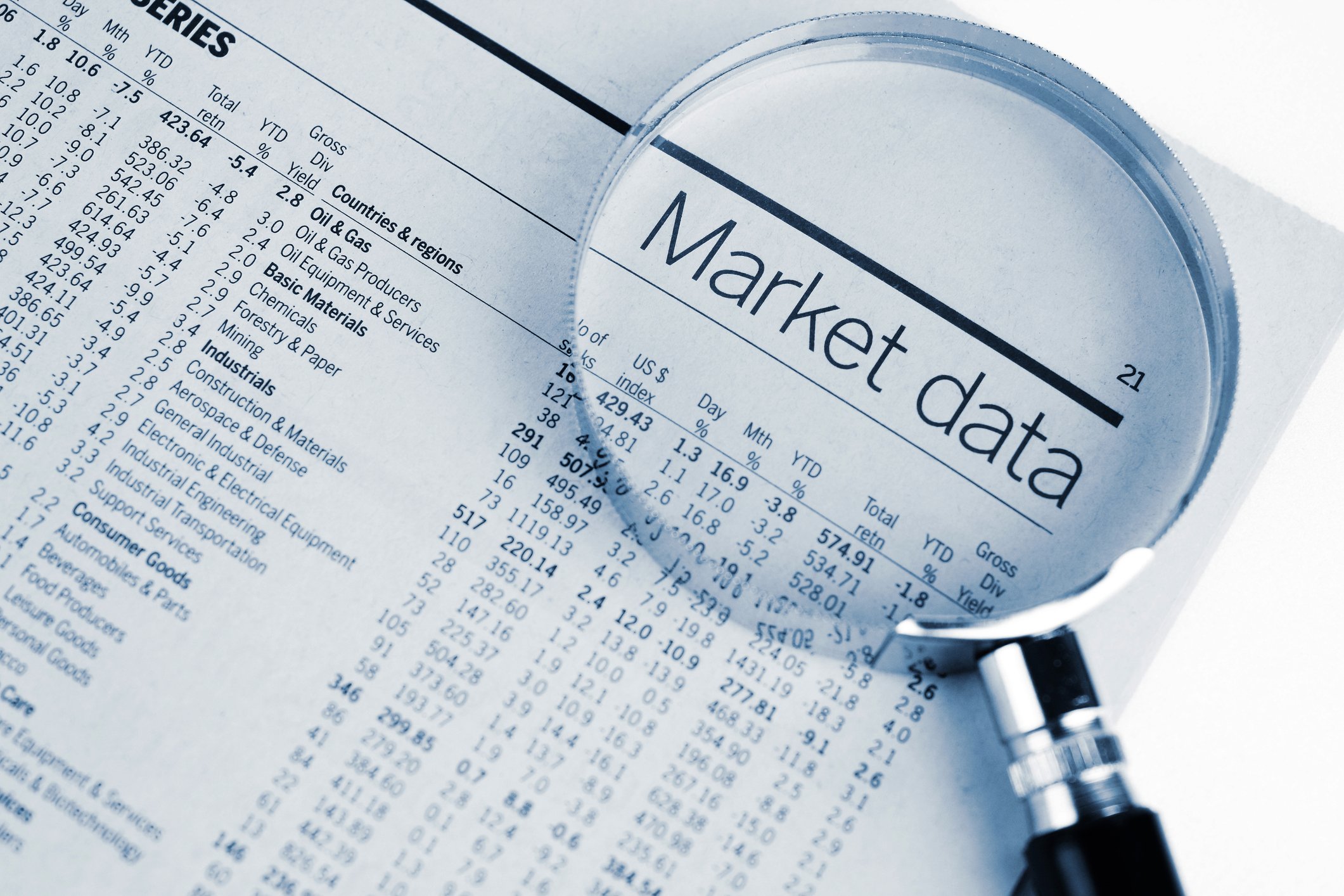
The stock market action was relatively positive on Monday morning, as investors' mood improved after last Friday's big losses following the latest U.S. employment report. As of 11:10 a.m. EDT, the Dow Jones Industrials (^DJI +0.16%) had risen by 98 points, while broader market indexes were up slightly.
Yet many investors took a step back this morning to celebrate the sixth anniversary of the bear market lows in early 2009. Since that time, the market has taken some amazing steps forward. Even as many question how much further the strong market can go, the large impact the 6-year-old bull move has had on investors remains indisputable.
What a long, strange trip it's been
Over the past six years, the Dow' upward move has been not only impressive but unprecedented. On this day in 2009, the Dow closed at 6,547. Since then it has risen well over 11,000 points, a gain of 174%.
That gain ignores one key component of the Dow's return to shareholders, though: the dividends the index's 30 components pay. The Dow's average dividend yield of about 2% might not seem like much, but it has added considerably to the bull market run for investors, with the Dow's total return climbing more than 220% since early 2009.
When you look at the Dow's current 30 members, you see a very broad-based rally. Every single member has risen over the past size years, with only ExxonMobil (XOM +0.99%) failing to double. American Express (AXP +0.44%) has led the Dow's winners since 2009 despite its recent travails, with a 734% gain showing the extent to which the financial industry got crushed during the market meltdown and just how strongly its best performers have rebounded after surviving the worst of the financial crisis.
Other parts of the stock market have done even better. The Nasdaq Composite (^IXIC +0.57%) has nearly quadrupled since March 2009, lifted largely by the tenfold rise of Apple (AAPL +0.52%) stock. The S&P 500 (^GSPC +0.46%) hasn't matched the Nasdaq's performance, but it has also outpaced the Dow by a reasonable margin.
When will it end?
Perhaps the most remarkable thing about the stock market's gains over the past six years is that they've come with relatively few interruptions. Corrections of 10% or more haven't occurred nearly as often as they have in the past, and even smaller downward moves have typically given way to bounce-backs and new record highs in short order.
Obviously, the bull market won't last forever, and six years is a long time to go without a major downward move in stocks. Nevertheless, six years is far from the record length for a bull market, so you can expect continuing debate about whether stocks can continue to climb or are doomed to fall in 2015 and beyond.













